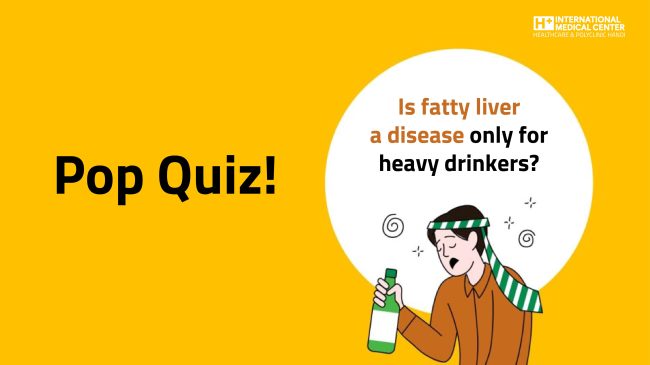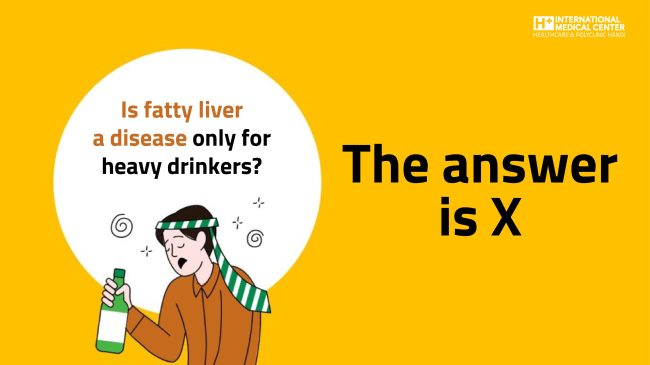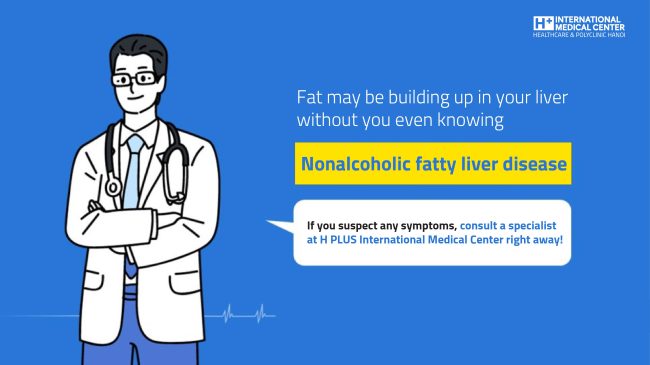Pop Quiz: Can Only Heavy Drinkers Get Fatty Liver?
Answer: No!
Fatty liver disease comes in two forms: alcoholic fatty liver, caused by excessive drinking, and non-alcoholic fatty liver disease (NAFLD), which occurs without alcohol consumption, drugs, or any clear cause.
What is Non-Alcoholic Fatty Liver Disease (NAFLD)?
NAFLD refers to the buildup of fat in liver cells in people who consume little to no alcohol. It’s diagnosed when fat makes up more than 5–10% of the liver’s weight. In the early stages, NAFLD may not cause noticeable symptoms, but if untreated, it can progress to non-alcoholic steatohepatitis (NASH), cirrhosis, or liver cancer in about 15–20% of cases.
Who is at Risk for NAFLD?
NAFLD is particularly common among those who are overweight or obese, and those with conditions like insulin resistance, high blood sugar, high triglycerides, and metabolic syndrome. For example:
- Obesity: More than 95% of patients with severe obesity have NAFLD.
- Type 2 Diabetes: Around 1/3 to 2/3 of type 2 diabetes patients have NAFLD.
- Dyslipidemia: High triglycerides and low HDL cholesterol are frequently seen in people with NAFLD.
Symptoms and Warning Signs
In the early stages, NAFLD often doesn’t present symptoms. However, as the disease progresses to NASH or cirrhosis, symptoms may include:
- Pain or discomfort in the upper right abdomen
- Fatigue and weakness
- Unexplained weight loss
- Jaundice (yellowing of the skin or eyes)
- Swelling in the abdomen (ascites) and legs
- Redness in the palms (palmar erythema)
How Is NAFLD Diagnosed?
To diagnose NAFLD and assess its severity, doctors may use:
- Blood tests: To check liver function and identify risk factors like high cholesterol and diabetes.
- Ultrasound: To assess fat accumulation in the liver.
- Non-invasive tests like the NAFLD Fibrosis Score (NFS) or elastography to evaluate liver stiffness, which can indicate fibrosis or cirrhosis.
- Liver biopsy: The gold standard for diagnosing NAFLD, especially when fibrosis is suspected.
Prevention and Treatment
- Maintain a healthy weight: Aim for a BMI between 18.5 and 24.9. A 10% weight loss can significantly reduce fat buildup in the liver.
- Follow a balanced diet: Eat plenty of vegetables and fruits, and limit fatty, sugary, and processed foods. Avoid alcohol and limit foods high in fructose.
- Exercise regularly: Aim for at least 30 minutes of physical activity each day.
- Treat underlying conditions: Manage obesity, diabetes, and high cholesterol effectively.
In advanced cases, especially when the liver has become severely damaged, a liver transplant may be necessary.
Important Reminder: Don’t assume you’re safe from NAFLD just because you don’t drink. Fatty liver disease can silently build up over time, so regular health checkups are crucial for early detection and prevention.
By staying active and making healthy lifestyle choices, you can protect your liver and prevent the serious complications of NAFLD. Stay informed, take action, and prioritize your liver health!
 +84 24-7306-9889
+84 24-7306-9889  Booking
Booking 








